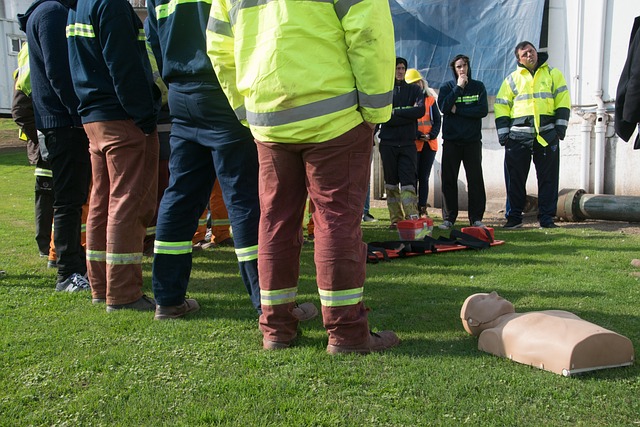Emergency Preparedness Plan for Companion Health Events
Companion health emergencies can occur suddenly, whether at home, during travel, or after natural disasters. A clear preparedness plan helps pet owners protect dogs and cats, manage behavior and stress, and speed access to veterinary care. This article outlines practical steps for creating a reliable emergency readiness plan for pets.

This article is for informational purposes only and should not be considered medical advice. Please consult a qualified healthcare professional for personalized guidance and treatment.
How to prepare dogs for health emergencies?
Preparing dogs for health events starts with prevention: up-to-date vaccinations, routine wellness checks, and regular training to reduce stress during handling. Assemble an emergency kit that includes a leash, harness, photograph, recent medical records, prescription medications, a small blanket, and familiar toys to provide enrichment and calm. Training for basic commands and tolerance to carriers or restraint helps dogs accept emergency transport. Consider behavior management techniques for anxious or reactive dogs so that first responders or temporary caregivers can safely assist them.
How to prepare cats for health emergencies?
Cats require quiet, secure containment and minimal handling to reduce stress; acclimating them to carriers during calm times is essential. Include a carrier lined with bedding, a copy of medical records, prescription medicines, and a week’s supply of familiar food to support nutrition and digestive stability. Keep grooming supplies and a soft towel for safe handling if needed. For rescue or recently adopted cats, document any behavior triggers and calming strategies so caregivers can provide consistent care in a crisis.
When should you contact veterinary services?
Recognize signs that warrant immediate veterinary attention: severe bleeding, difficulty breathing, collapse, seizures, extreme lethargy, or ingestion of toxins. Keep a list of local and emergency veterinary clinics, plus telemedicine options if available. If travel is involved, identify veterinary facilities in the area and confirm they can receive your pet. Maintain digital and printed copies of vaccination records and medication lists to speed triage. Use behavior and training notes to inform veterinary staff about stress-related responses that might complicate examinations.
What nutrition and medications should be in an emergency kit?
A well-stocked kit supports ongoing nutrition and any chronic conditions: include a three- to seven-day supply of food and medications, dosed and labeled clearly, plus dosing instructions from your veterinarian. Consider shelf-stable, lightweight options for travel. For pets with dietary restrictions or seniorcare needs, keep specialized diet items to avoid intestinal upset. Also pack water, collapsible bowls, and a list of supplements or topical treatments used for grooming or skin conditions. In emergencies, continuity of nutrition and medication administration helps prevent secondary health issues.
How to manage travel, evacuation, and temporary care?
When evacuating, plan multiple transport options and a secured spot for each animal. Practice loading pets into vehicles and carriers so travel becomes routine. Prepare an evacuation checklist that includes grooming tools to remove mats or debris, behavior notes to ease introductions in shelters, and enrichment items to reduce stress in unfamiliar environments. If boarding is necessary, verify the facility’s veterinary policies and whether staff are experienced with seniorcare or special-needs animals. For long-distance moves, research carrier-friendly accommodations and regulations for pet transport.
How to support senior pets and address behavior changes?
Senior animals often have chronic conditions requiring ongoing care, medication schedules, mobility aids, and tailored nutrition. Include copies of recent diagnostic records and a concise summary of the pet’s mobility, sensory deficits, and behavior. Behavioral changes—such as increased agitation or hiding—may indicate pain or cognitive decline; document signs and calming techniques that work, and share them with caregivers. Grooming adaptations, soft bedding, and accessible litter or toileting solutions improve comfort during disruptions. Regular wellness monitoring and communication with a veterinarian are critical for complex cases.
Conclusion
A practical emergency preparedness plan for companion health events combines routine preventive care, a tailored emergency kit, clear documentation, behavior and training considerations, and vetted veterinary contacts. Integrating grooming, nutrition, enrichment, and seniorcare needs into planning reduces stress and supports smoother recovery when events occur. Regularly review and update the plan, practice transport and containment steps with your pets, and keep all caregivers informed of specific medical or behavioral needs to ensure continuity of care.





